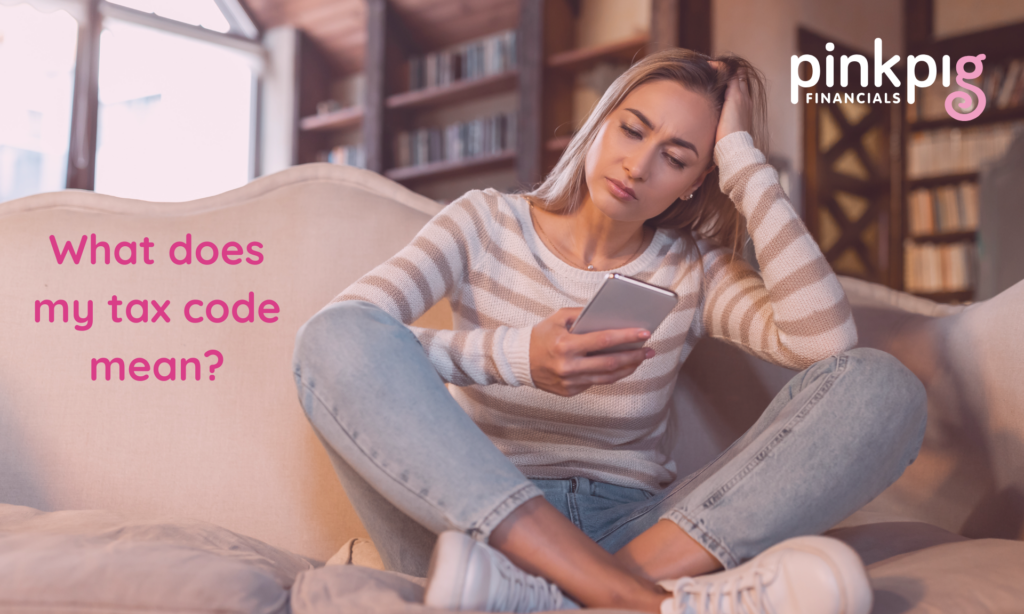Getting paid is lovely isn’t it? And of course it’s good practice to check your payslip, to see that everything is correct etc. I know you’ll be fully on it, checking if your hours are correct, the pay rate is right, that your pension contribution has gone through … But are you quite so clued up about your tax code? It’s usually a collection of numbers and letters, which, can just seem pretty random, and, strangely, change from year to year.
Firstly, let’s establish exactly what your tax code is.
Unsurprisingly, and unfortunately(!), it tells HMRC how much you’re allowed to earn before paying tax. This is why it can change, based on things such as whether you take on an additional job, are registered as self-employed or if you get other benefits form your employment etc.
Now let’s start from the basics. Everyone (technically) has a ‘personal allowance’, an amount that they can earn throughout the tax year, without owing any tax on it at all. For the year ending 5th April 2026, it’s £12,570.
So, the majority of us will have ‘1257’ in our tax code.
What might change my tax allowance
The time when this may be lowered could be if you owe a lot of tax from previous years, and it’s being paid through directly from your wages.
It could also be lowered by things like dividends, rental income, benefits – they may take the tax due on these regular payments and account for them in your tax code.
But – it can also be more – let’s say you’ve applied for the Marriage Allowance – then your code could be higher to take into the fact you’ve been given part of your spouse’s personal allowance. (And to counter this your spouse’s code will then be less!)
Also, if you wear a uniform to work, you can get the ‘washing allowance’ added to your tax code to cover this.
What does the letter in my tax code mean?
The other part of the code is the letter. These basically describe your personal situation. For example:
- L – you’re entitled to the standard allowance,
- S – you’re being taxed according to Scottish rules,
- M – you have been transferred 10% of your partner’s allowance,
- N – you have transferred 10% of your allowance to your partner,
- D0 – you are being taxed at a higher rate, due to having other income
- BR – you are being taxed on all income from this employment, probably due to having other income,
- 0T – you have used up your personal allowance, and therefore are being taxed on all income
- K – When PAYE owed from a previous tax year is being deducted off of your wages
These are the most common, but there are many others which can crop up in different circumstances, and if you have something other than these, you can pop to HMRC’s website and see a comprehensive list.
If your tax code changes, you will receive a letter from HMRC advising you. If you’re concerned about this, or believe they’re gotten it wrong, as always, please don’t hesitate to contact us, and we’ll be happy to explain things, or help you to get it changed if need be.

